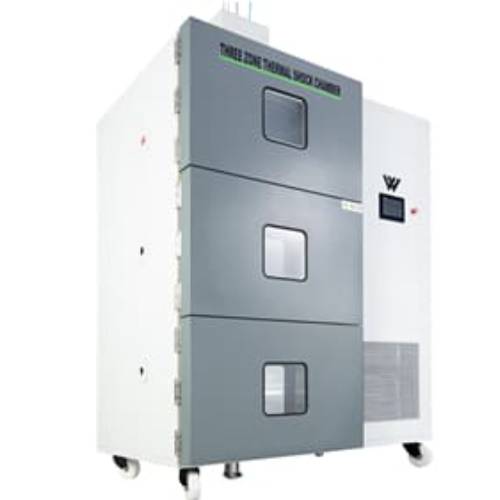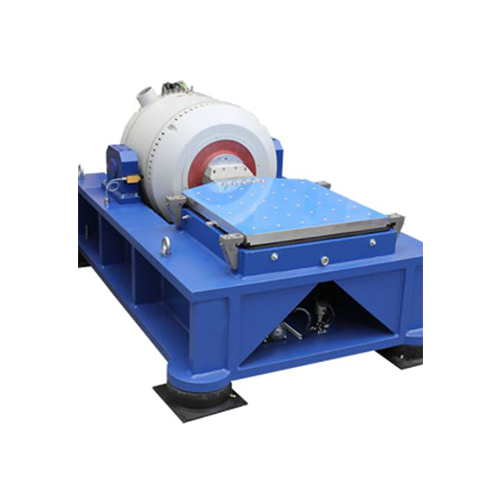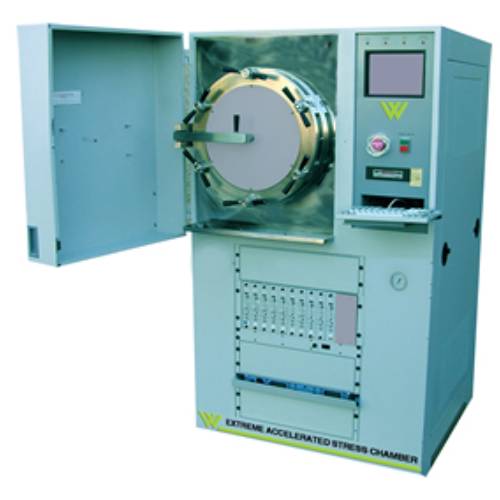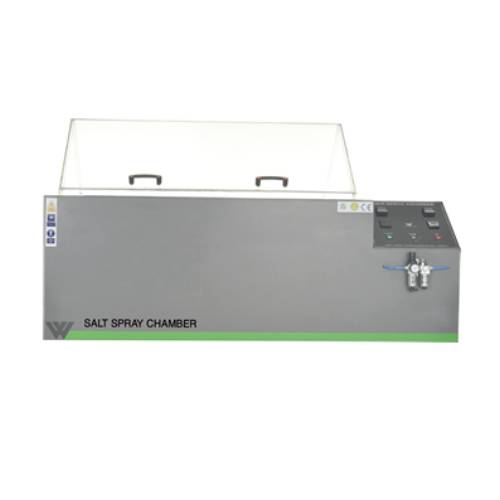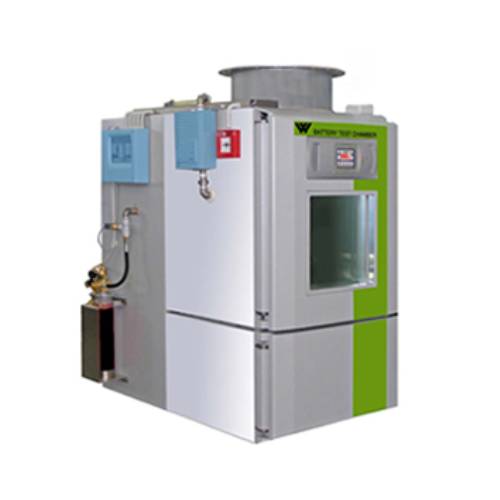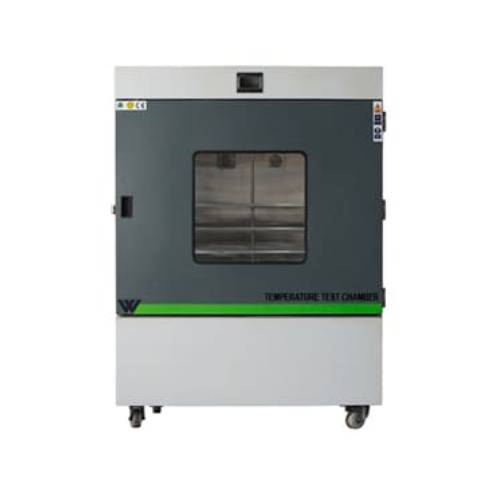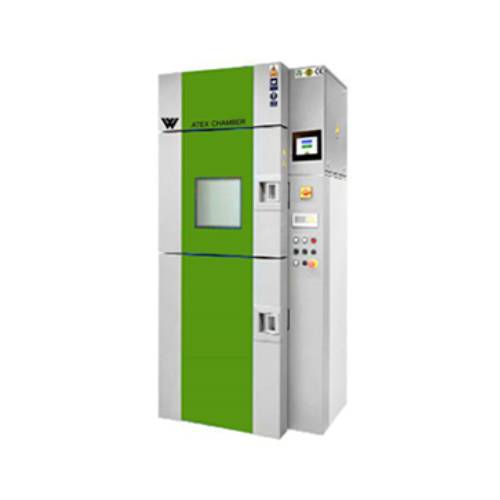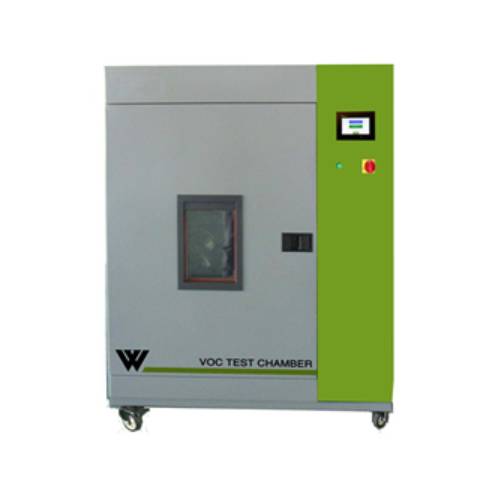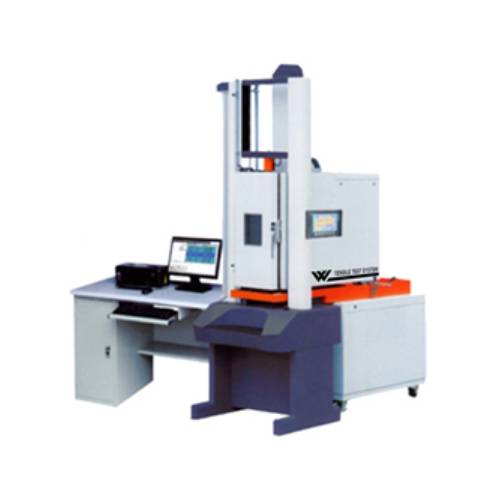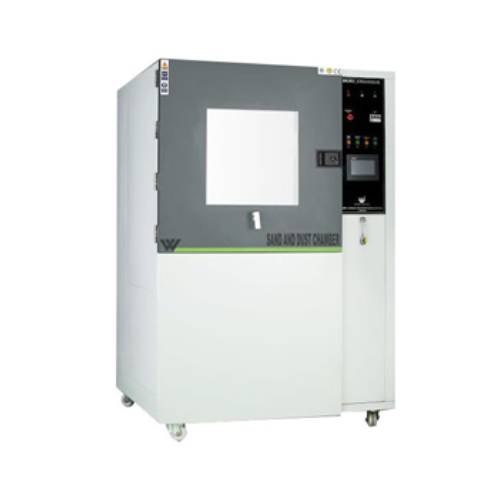Test Chambers for Aerospace/Avionics
Test chambers for the aerospace and avionics industries are critical for ensuring the reliability, performance, and safety of components and systems used in aircraft and spacecraft. These chambers are designed to simulate the extreme environmental conditions that aerospace products encounter, such as high altitude, temperature fluctuations, humidity, vibration, and pressure variations. By replicating these conditions, manufacturers can rigorously test materials and systems to ensure they can withstand the stresses of flight and space missions.
Aerospace test chambers include altitude chambers, thermal vacuum chambers, and vibration test chambers, each tailored to specific testing needs. Altitude chambers simulate the low-pressure conditions experienced at high altitudes, ensuring that avionics and other components function correctly in such environments. Thermal vacuum chambers recreate the vacuum and extreme temperatures of space, which is essential for testing satellites and other space-bound equipment. Vibration chambers simulate the intense vibrations during launch and flight, helping to ensure structural integrity and reliability.
The use of test chambers in the aerospace industry is crucial for compliance with stringent regulatory standards set by aviation and space agencies like the FAA, EASA, and NASA. These chambers help in identifying potential failures before deployment, reducing the risk of in-flight malfunctions and enhancing overall safety. They also play a vital role in the development and certification of new technologies, supporting innovation in aerospace engineering.

